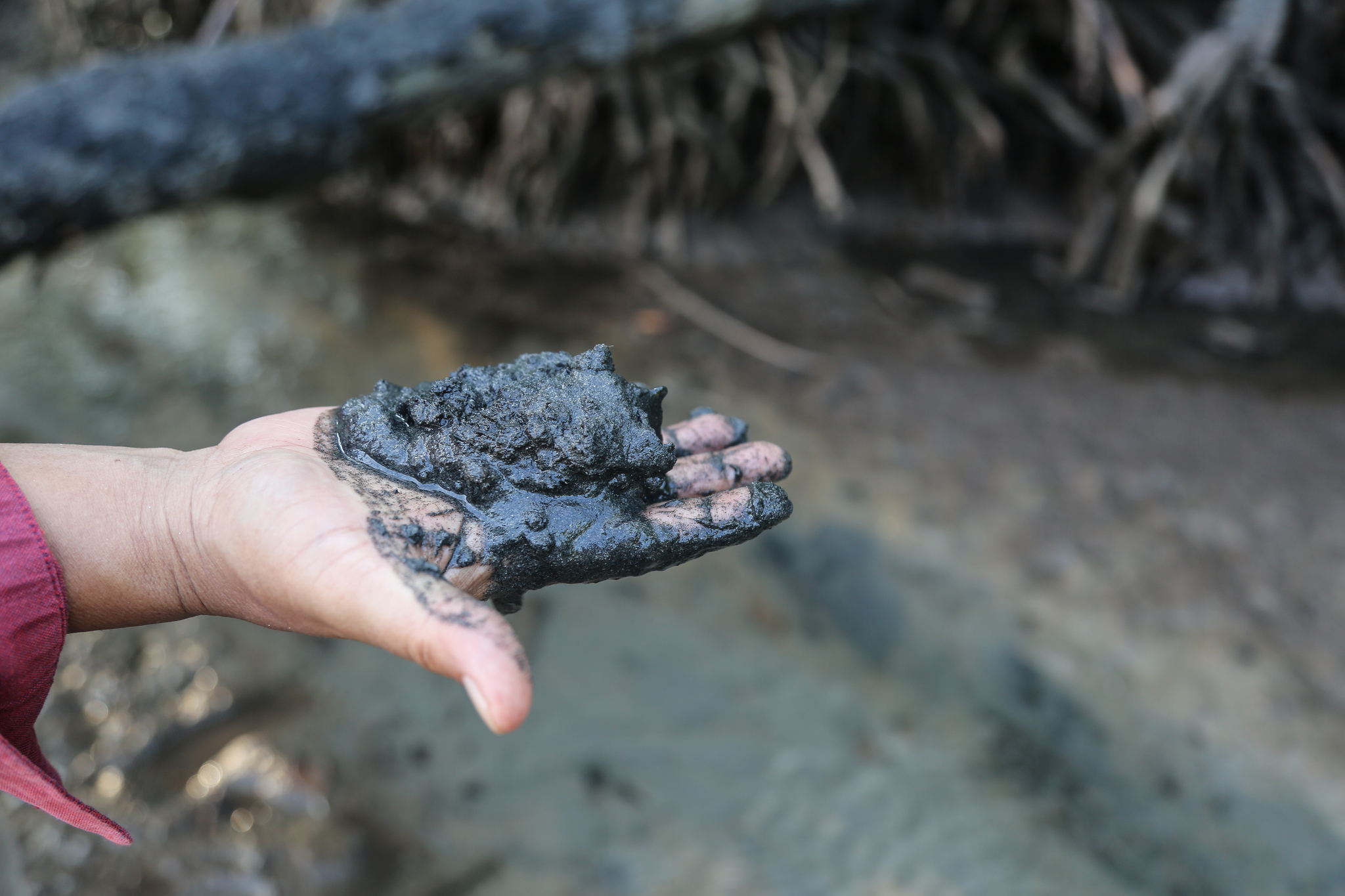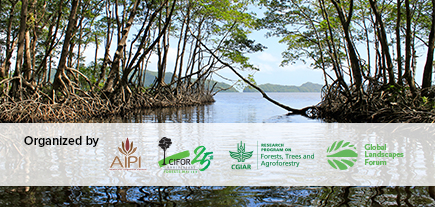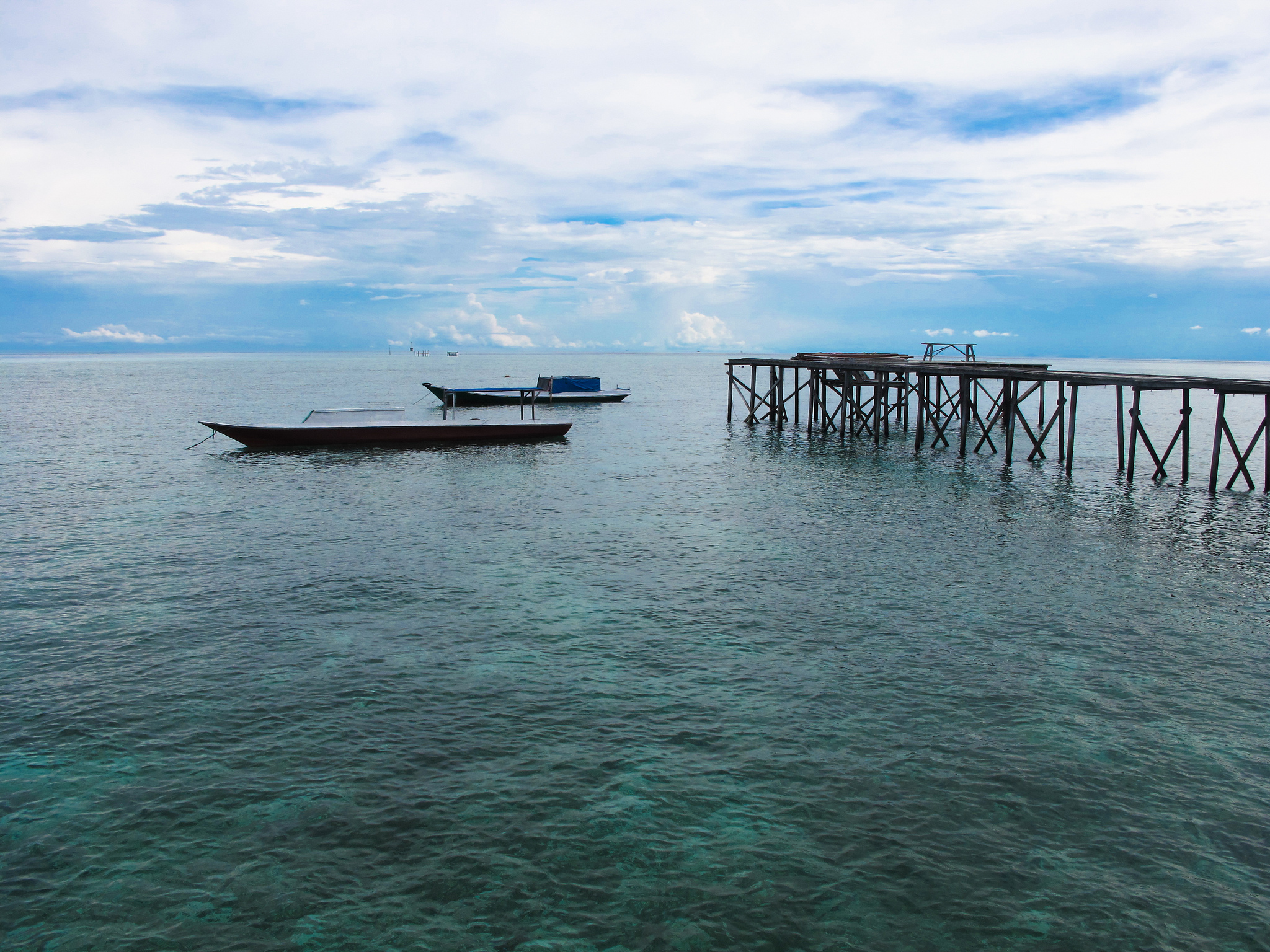The banks of the Ciliwung River are not grounds for Jakarta’s most desired real estate, as is the case for other urban rivers. Wooden shacks piled against one another line the Indonesian capital’s waterway, which then hurdles through diesel-spewing boats and islands of plastic rubbish to meet the Java Sea rather than easing through mangroves and clear waters. It’s little wonder as to why Jakarta’s coastline is eroding, and the city is notoriously sinking.
Indonesia has nearly 100,000 kilometers of coastline, home to 23% of the world’s mangroves, as well as peatlands, seagrass meadows, coral reefs and other coastal ecosystems that, at their best, are something of the country’s Great Wall past and present, serving both as a first line of protection and a major source of income generation. These seagrasses and mangroves store at least 17% of the world’s ‘blue carbon’ – carbon stored in coastal ecosystems, at a density of up to four times that of terrestrial forests. This situates Indonesia’s coastal ecosystems as crucial carbon sinks, as well as major potential dangers for the national and global climate, both environmentally and economically.
Yet, despite having the world’s highest rate of mangrove loss, the archipelagic country has no national policy directly addressing blue carbon, or addressing coastal landscapes in a holistic way.
Like coastal ecosystems themselves, curbing this rapid destruction and upping restoration requires a confluence – of science, policy and finance; and of sub-national, national and international efforts on all fronts. The Blue Carbon Summit, held in Jakarta 17–18 July 2018, brought together 240 actors from government ministers to international researchers – and an additional 1,299 more attendees watching live online – to examine these ecosystems from all directions, from the highly technical (the effects of ocean acidification; how to measure ground surface level change) to the highly political (blue carbon’s role in UNFCCC discussions; its effects on the 2019 Indonesian presidential elections).
“If you look at the news, it’s about the Amazon, rainforests, deforestation,” said Center for International Forestry Research (CIFOR) Director General Robert Nasi. “But 60% of the world’s population lives in coastal areas. And coastal areas seem a bit forgotten. It’s very important to understand how these ecosystems work and how we can restore them, because if we don’t do that, they’re forecasting by 2040 it will cost the world USD 14 trillion.”
“The lesson we’ve had over and over again is that science cannot exist in a vacuum,” said Emily Pidgeon, Senior Director of Conservation International’s Strategic Marine Initiatives. “Policy must incorporate science from day one.”
In line with this, the Summit’s outcomes will inform a set of ‘white papers’ on blue carbon and coastal ecosystems, which are being led by CIFOR Senior Scientist and Summit organizer Daniel Murdiyarso, to inform the Indonesian Ministry of National Development Planning (Bappenas) in its governance of these landscapes.
On a global level, a number of initiatives – REDD+, Nationally Appropriate Mitigation Actions (NAMAs), the Paris Agreement, the SDGs — bring blue carbon into play. And from the establishment of the International Partnership for Blue Carbon at the 2015 Global Landscapes Forum in Paris to the inclusion of coastal ecosystems and wetlands in 2016 and 2017 COP talks, it’s clear that momentum is being gained.
Yet rather than digging into the details of global commitments and discussions, the repeated message of the Summit was the need for more international partnerships around blue carbon issues, in order to overcome the many lacks: the lack of finance, the lack of policy, the lack of data, and the lack of cross-sector collaboration bringing these elements together for change.
Ideally, a science-based approach to policymaking further supported and reflected by global partnerships will help in addressing the vast array of issues falling under the blue carbon umbrella, both in Indonesia and beyond.
“I don’t think the government can do it alone,” said Luhut Pandjaitan, Coordinating Minister for Maritime Affairs and Natural Resources, who opened the second day of the Summit.
Backing up, the Summit’s title “Mainstreaming blue carbon into the national agenda to meet global commitments” may be misleading without understanding ‘blue carbon’ as an entry point to an ecosystem of issues, rather than a new vocabulary word.
“If you look at blue carbon, please don’t only look at carbon,” urged Nyoman Suyadiputra, Executive Director of Wetlands International’s Indonesia program. “Blue carbon is a sexy word to promote research, but we must go beyond that,” echoed Murdiyarso.
In that ‘beyond’ are national and international climate goals, the blue economy (shipping, tourism, fishing, mining, transportation, energy), and people and livelihoods.
From the broad but necessary perspective of that definition, Indonesia’s blue carbon policy has been inherently disjoined so far, with different ministries – the Ministry of Transportation, of Maritime Affairs and Fisheries, of Tourism, of Environment and Forestry, of Finance, of Industry, of Defense, etc. – regulating related landscapes and industries in un-harmonized ways.
In the Summit’s final panel, members from three different ministries moderated by former national news anchor Prita Laura struggled to find examples of national policy governing coastal ecosystems in obviously effective ways. The speakers repeatedly cited budget as a hindrance, with a cross-ministerial working group on mangroves currently inactive due to lack of funding, and a dearth of regulatory support for attracting private finance to help ministries execute their mandates.
Knowledge gaps also became apparent during the discussion. Tenure issues, which are repeatedly found in the research community to be a major roadblock to sustainable land management and the biggest perceived risk for outside investors, were raised in three different questions from the audience, to no answer from the politicians.
Pidgeon gave a poignant anecdote about mangrove research in Australia – where, too, “funding has been scrappy” – illustrating the gaps in language between policymakers and scientists, which can result in policymakers not having or being able to communicate what specific data they need to inform their decision-making.
Providing more platforms for dialogue is of course one way to overcome such issues – hence the Summit – but so too can be starting the architecture of governance on the ground in communities rather than in Jakarta’s bureaucratic offices. In an earlier session, Anisa Budiayu, Sustainable Practice Program Coordinator at The Nature Conservancy Indonesia, discussed how district-level policy can inform provincial-level, and then feed up into national. Emil Salim, founder of the Kehati Foundation and former economic advisor to President Suharto, similarly referenced the effectiveness of the sasi system of local law in Maluku Province, which uses ancestral environmental awareness to regulate fishing and the overall balance of marine ecosystems.
Strengthening inter-governmental coalitions, overcoming complex historical and geographical divides, increasing participation of local communities, and providing more sustainable and alternative livelihoods to communities living in coastal areas are key points that Murdiyarso will address in the white papers.
Pandjaitan, who as a coordinating minister is tasked to see past ministerial silos, also discussed broader goals, cautioning against immediate and narrow politics in the run-up to the 2019 presidential elections.
“There are so many things to think about instead of just who is going to be our next vice president,” he said, calling attention the long-term goals the country has set out for itself, such as President Joko Widodo’s target to reduce plastic waste 70% by 2025. “How can we appeal to tourists by having this kind of picture with so much plastic rubbish on the shore? …How can we make our people have discipline?”
“Politicians want programs that fit five-year terms,” said Satryo Soemantri Brodjonegoro, President of the Indonesian Academy of Sciences (AIPI). “We need a leader that makes policies beyond five-year terms, that lets children and grandchildren see the results. Anything in the environment, you cannot do quickly.”
We want you to share Forests News content, which is licensed under Creative Commons Attribution-NonCommercial-ShareAlike 4.0 International (CC BY-NC-SA 4.0). This means you are free to redistribute our material for non-commercial purposes. All we ask is that you give Forests News appropriate credit and link to the original Forests News content, indicate if changes were made, and distribute your contributions under the same Creative Commons license. You must notify Forests News if you repost, reprint or reuse our materials by contacting forestsnews@cifor-icraf.org.



